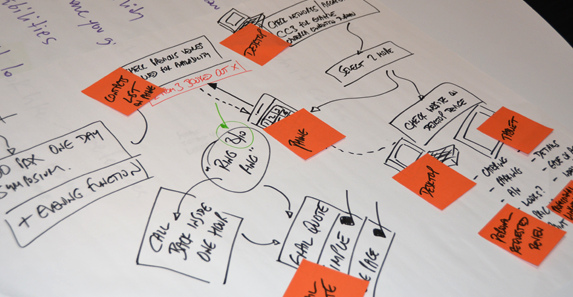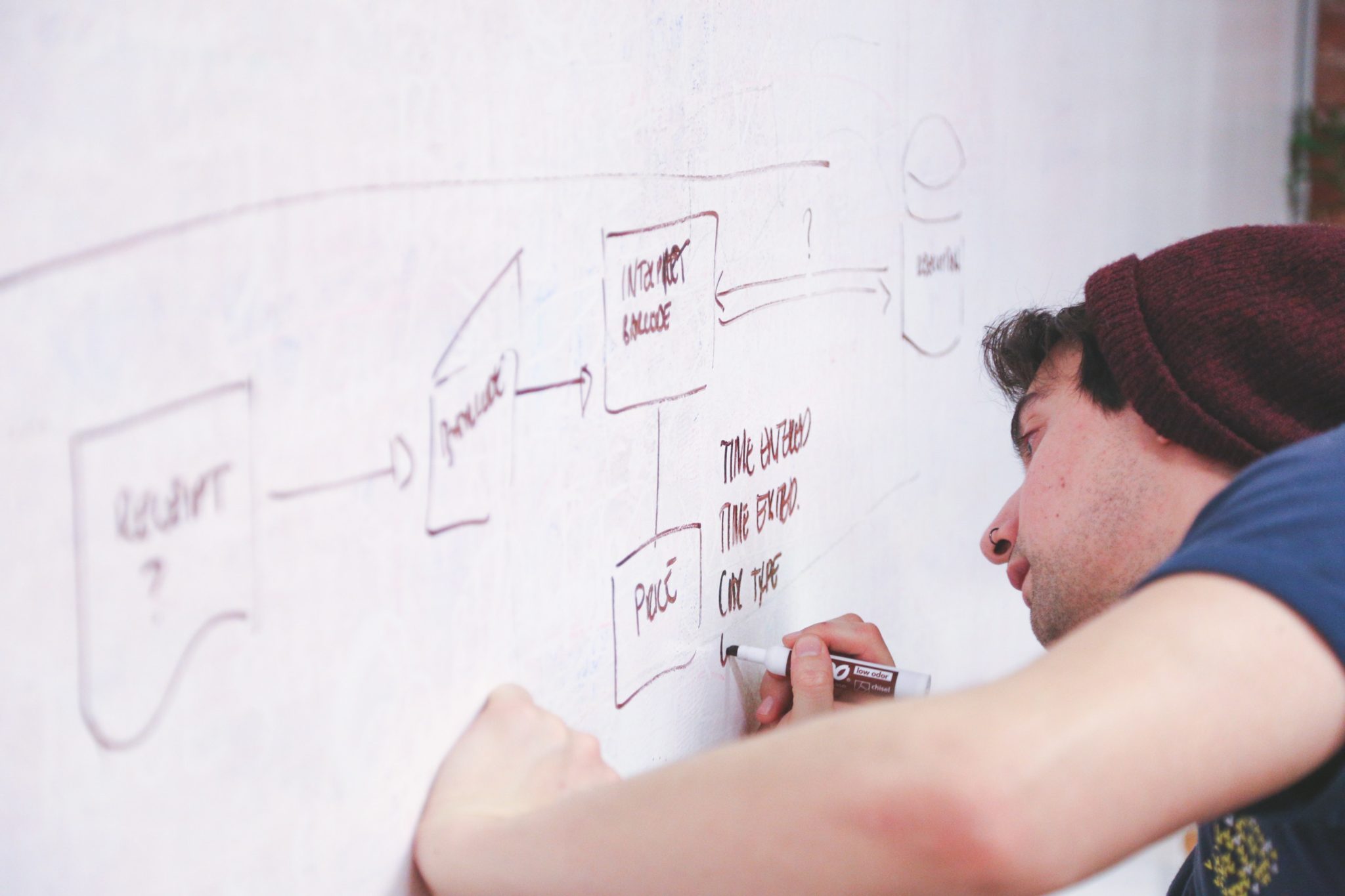Rethinking the concept of corporate management – Business Agile Management and Design thinking approach
By Walter Abrigo & Celeste Torresi
A new tendency is emerging in which software project management techniques and principles are taken outside of the IT world and applied to other forms of business. This is the idea behind Agile methodologies and design thinking.
Agile methodologies were first introduced in the 1990s as a backlash against the strict and structured methodologies that existed at the time that were based on the Cascade model.
Specific cultural factors carry a lot of weight when it comes to being able to successfully implement Agile methodologies. Although Agile teams, projects, and individuals exist outside of the IT world, a change in mentality is required for those businesses that want to be completely Agile.
The concept of design thinking began at Stanford University in the 1970s, where the concept was used to analyze and solve complex problems collectively by focusing on the viability and feasibility of ideas and putting people at the center of observation.
This theoretic framework implies that organizations should forget structured responses when tackling problems, and instead address them in a new way with an innovative solution.
The reality of businesses
Corporate processes help ensure that managers and directors make appropriate financial and management decisions to lead their teams effectively and control deliverables and quality produced in the final products.
However, such processes can quickly become strict and rigid, centralizing all of the authority and information of a project or business. Such aspects are contrasted in the Agile Manifesto, which indicates that value should be placed on people and interactions related to processes and tools; complete client requirements with documentation; client collaboration in negotiating contracts; and response to change regarding concrete plans.

An organization that aims to adapt itself to the changing needs of its clients requires an organizational structure that is as efficient as it is functional. An Agile organization meets these needs by reducing hierarchies and minimizing excess communication, creating autonomous groups that are interdisciplinary and transverse.
Our Focus
In conjunction with our formal and conventional structure, Santex built an Agile framework from which three teams are formed to manage the core processes of the company: Sales, Human Capital, and Development. These teams work collaboratively to achieve common objectives.

This demonstrates how Agile methodologies do not need to be limited only to development teams, but can be applied throughout the entire organization as a vehicle for improving the company as a whole.
Furthermore, maintaining the quality parameters of CMMI and ISO norms as a reference, we strive to reduce inefficiencies and obstacles with daily and weekly meetings, backlogs, and metrics.
This enables us to achieve extraordinary results for the three critical processes in the company. In examining our client relationships, the Net Promoter Score (NPS) that we earned during Q2 of 2016 is 87.5. Our rate or retention for clients and collaborators so far this year is 91.21%, and our development processes have achieved an efficiency rating of 85.3%, with an annual improvement of 12% this year.
With special emphasis on our clients and aspiring to add value to every project from start to finish, Santex creates prototypes and project models with diverse technical content and pays close attention to detail. We try to observe the client and put ourselves in their shoes, brainstorming and testing different ideas to create the best possible solution for them, both internally and externally.
Overall, we concentrate our everyday management on the concept of continuous and incremental improvement while simultaneously creating space for creativity and innovative proposals with each project. Our three core competencies are applied throughout our organizational culture to reinforce the implementation of these concepts: effective communication, flexibility, and result-oriented performance.






